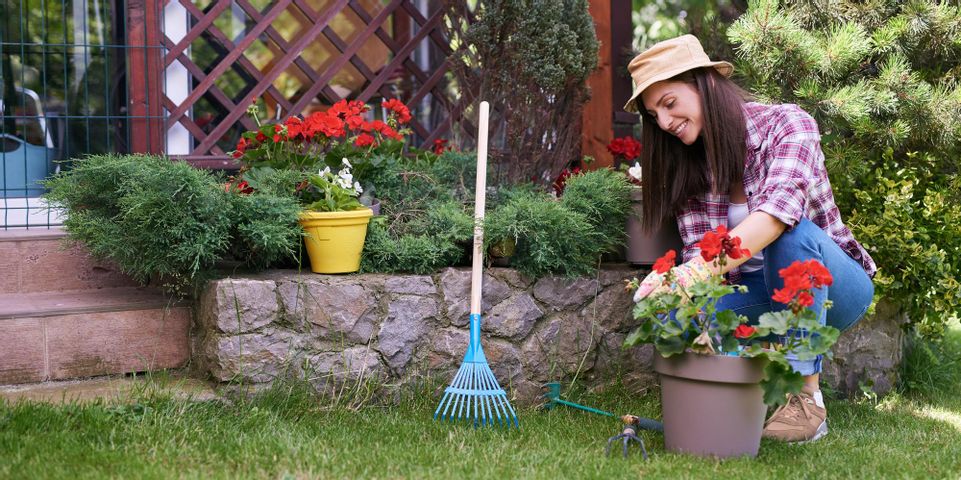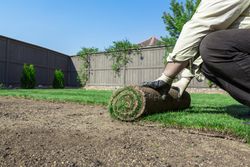
Landscaping around a septic tank can allow roots to grow into the leach field, potentially causing damage and backups. However, with the right planning and knowledge, you can improve the greenery in your yard without obstructing your system. Here are a few guidelines to keep in mind.
How to Safely Garden Around a Septic Tank
1. Choose the Right Plants
Vegetables that are fertilized by effluent are unsafe to consume. Raised vegetable beds also compromise the soil’s evaporation and put too much pressure on your septic pipes. Regular watering interferes with your drain field dispersion, while water-loving plants that aren’t hydrated enough can break into your system’s pipes to find moisture.
To prevent problems, avoid vegetables and opt for shallow-rooted plants that require little water. Herbaceous species, such as blue fescue and bulbs, are usually safe for drain fields.
2. Plant Grass
 Grasses can be beneficial for septic systems because they absorb excess wastewater and hold soil in place. Avoid long-blade species, which tend to have extensive root systems.
Grasses can be beneficial for septic systems because they absorb excess wastewater and hold soil in place. Avoid long-blade species, which tend to have extensive root systems.
Choose a low-maintenance ornamental grass, such as big bluestem or switchgrass. Store lawnmowers away from the drain field to avoid compaction from excess weight.
3. Be Strategic With Trees
Trees have root systems that extend deep into the soil, so keep them as far from the septic tank as possible.
The distance should be equal to the height of the tree when it reaches maturity. For example, if a species grows up to 10 feet tall, plant it at least 10 feet away from your system.
Even if you follow the suggested guidelines for planting, you need regular inspections to catch any wandering roots before they pose greater issues. Tri County Systems of Rochester, NY, educates customers on how to keep their septic systems in peak condition. They help you prevent breakdowns with maintenance and tank cleaning. Call (585) 467-2550 to discuss your needs or learn more about their services on their website.
About the Business
Have a question? Ask the experts!
Send your question

